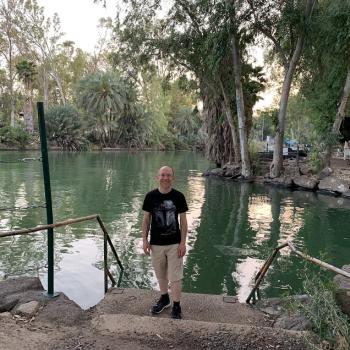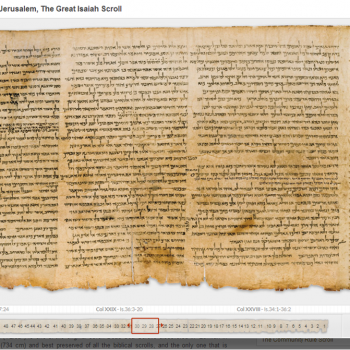Jim Davila has three lengthy posts about Samuel Zinner’s recent report on the lead books from Jordan, which we have good reason to describe as hoaxes or fakes, regardless of when they were produced, and regardless of when the materials are from. He writes:
The people who made the codices made use of some coins from the various Jewish revolts, some other Hellenistic and Roman-era coins, and a second-century-CE grave epitaph. These are the sources for almost all of the text of the codices and at least most of the iconography. There is arguably some knowledge of the Bible and late antique and later magical and mystical traditions as well. See p. 214 of the report for a summary of the deciphered content.
They took these sources and copied out some coin texts with all sorts of creative reordering and creation of words that could be made from the letters. There is virtually no connected text; just words and the occasional brief phrase, plus apparently lots of nonsense sequences of letters. Sometimes words are backwards, arranged in geometric patterns, broken up with other letters in between, or some combination of such rearrangements.
Any attempt to make more sense of the texts amounts to a Rorschach test for cognitive dissonance. My own view is that this is exactly what their creators intended. To me the objects look like a modern, or at least comparatively recent, attempt to make evocative texts using the very little surviving material from the coins.
People who had access to very limited artifactual information about ancient Judaism created faux-artifacts on the basis of what they had. They used the coin inscriptions to make up texts that were ultimately meaningless, but always just on the verge of making sense. This was a cover for their lack of information and inability to produce a coherent and convincing ancient text. The texts on the codices offer just enough dots with just enough clear connections to invite their readers to try to connect more dots and make them say more than they do.
Click through to read more on the Paleojudaica blog. Here as well is a link to Jim’s first post about the report, and to the third, which focuses on the books’ use of funerary inscriptions known in our time, repeated to generate nonsensical text.













